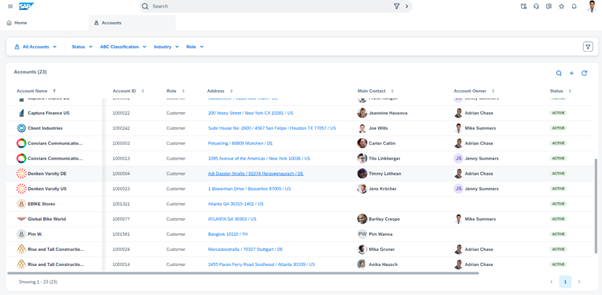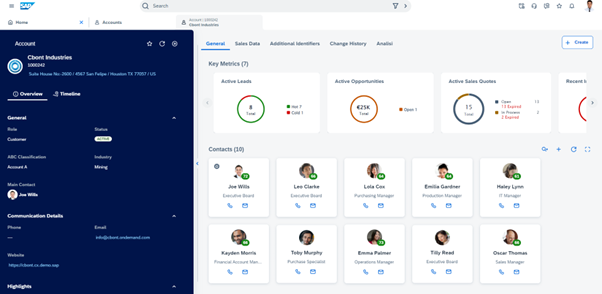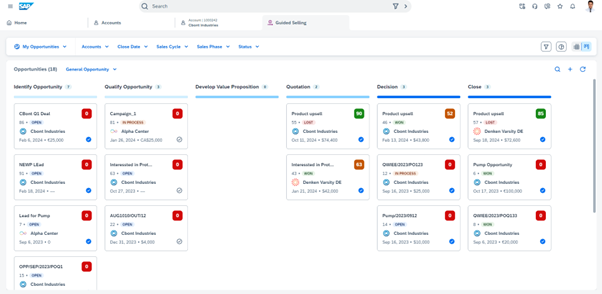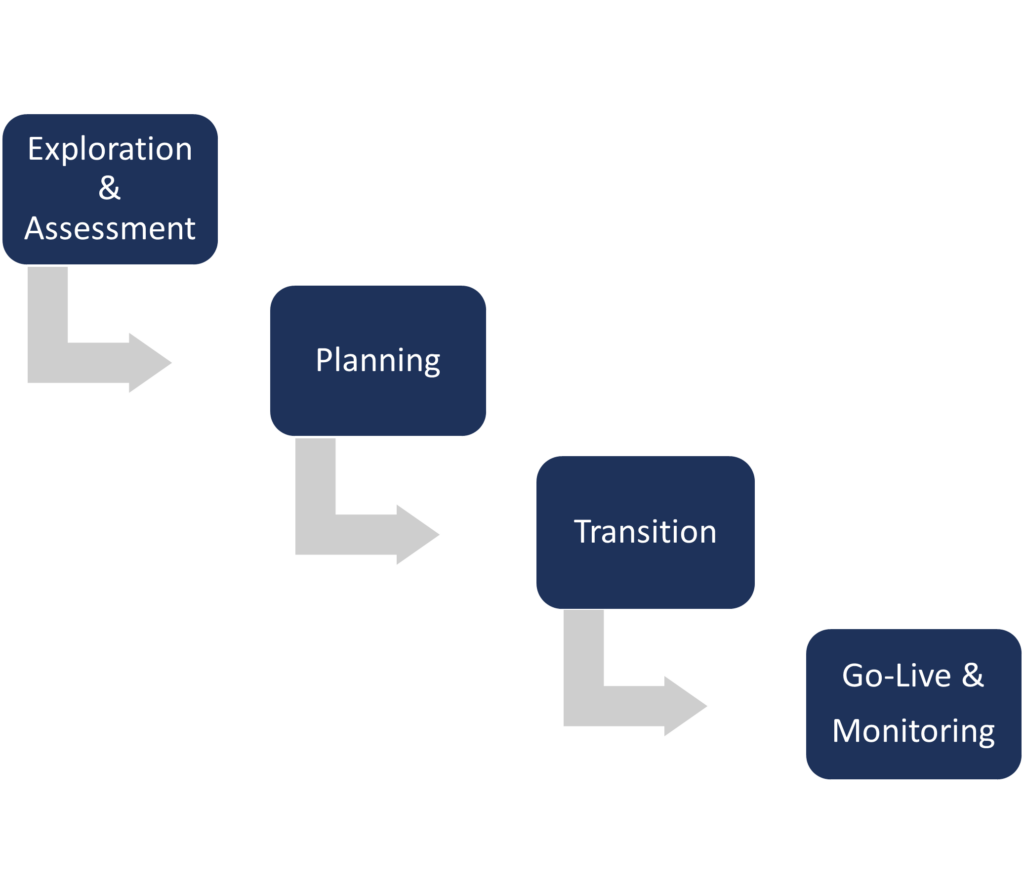
The Power of Automation in Data Migration
Automation is a practical solution to speed up and optimize the entire data migration process

SAP Sales and Service Cloud V2 is the latest version of the SAP solution for sales and customer service. It offers a wide range of new functions and improvements that will give users even more flexibility, efficiency, and customer satisfaction.
In this blog post, we present and explain important new features of the SAP Sales and Service Cloud V2. We also present our approach for a successful and cost-efficient migration from V1 to V2.
SAP Sales and Service Cloud V2 is based on a new, modern cloud-native microservice architecture, which offers high scalability in addition to performance improvements and future viability. With this so-called “re-platforming”, SAP is setting technological standards in the CRM software environment and allows, among other things, an upgrade strategy and flexibility that CRM market competitors are not yet able to deliver.
As with V1, V2 of the SAP Sales and Service Cloud makes it possible to customize, expand, and integrate business processes in sales and service. V2 users benefit from a more modern user interface that enables intuitive operation.


SAP Sales and Service Cloud V2 also offers helpful functions based on Business AI. This uses artificial intelligence to make business processes more efficient, reduce the workload of employees, and increase end-customer satisfaction.
In addition, add-ons such as Intelligent Sales Execution or Guided Selling are already included in the V2 license price. This means there are no additional costs.

First of all, it should be noted that V2 is currently an additional option in SAP’s CX product portfolio. V1 will continue to be offered and further developed by SAP. The changeover is therefore not a must!
The answer as to whether a migration from V1 to V2 makes sense for you depends on various factors, for example, the current degree of customization of the V1 solution, the customer-specific requirements for the V2 solution, and the available budget and schedule for the migration.
In principle, the V2 solution offers more options for customization, expansion, and integration than the V1 solution, which can be attractive to many customers. However, a migration from Sales and Service Cloud V1 to V2 also involves a certain amount of effort and requires careful planning.
We recommend that our customers consider the following steps before deciding to migrate:
A migration from SAP Sales and Service Cloud V1 to V2 is not a simple upgrade process, but a transformation project that must be carried out in a cost- and time-efficient manner. We use our migration plan as well as technical tools from SAP.
Specifically, this means that the existing data from SAP Sales and Service Cloud V1 is transferred to V2. We recommend checking the data quality beforehand and cleansing it if necessary. Existing configurations, enhancements, and integrations are also migrated.
This may result in changes, for example concerning the data model, the extension platform, or the integration platform.
If you would like to migrate the SAP Sales and Service Cloud from V1 to V2, work with us in a step-by-step process:
Based on the findings of the exploration and assessment phase, we jointly draw up a migration roadmap tailored to your requirements.
Execution of the planned implementation activities based on the migration roadmap.

SAP Sales and Service Cloud V2 is a powerful and flexible solution for sales and customer service. It offers users more options for customizing, expanding, and integrating their business processes and data.
A migration from V1 to V2 can make sense for many customers but also requires careful analysis, evaluation, and planning. SAP offers customers various migration support options to make the transition easier.
As a long-standing SAP partner, we look forward to helping you get started with or migrate to SAP Sales and Service Cloud V2. Contact us for a free initial consultation.

Automation is a practical solution to speed up and optimize the entire data migration process

Discover how you can streamline your financial master data management and reengineer financial processes with SAP MDG Finance.

Whilst it seems straightforward to carry out either a blood transfusion or a data migration, the actuality proves far more complex.

In this blog article, Camelot introduces you to the main principals of Demand-Driven Supply Chain Management.